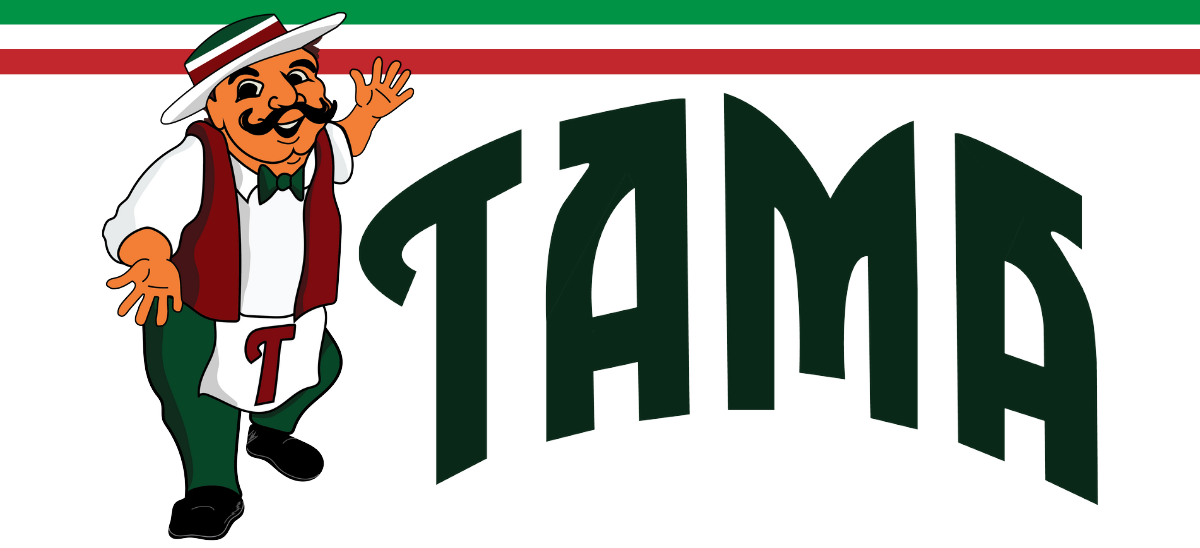There’s something unique about Italian coffee culture that goes beyond how the coffee beans are roasted, or that espresso was invented in Italy. It has something to do with how Italians savor life and take pride in tradition and quality.
Imagine you’ve just stepped into a bar (the Italian version of a coffee shop), and it’s bustling with friends and strangers standing at the counter throwing back shots of espresso, some lingering for a chat, some stopping only for a moment of rest and a boost of caffeine.
Perhaps you pay for a caffe, otherwise known as an espresso, the barista makes it expressly for you (herein lie the roots of the term espresso), and as you sip, you join the ritual that has for so long been an integral part of the Italian gastronomic and cultural identity. There’s a convivial nature to this scene, unique to these traditional places of the coffee pause. It’s easy to see why this has come to represent the love affair between Italians and coffee steaming since the 16th century: These experiences satisfy the romantic view of coffee that your typical Starbucks drinks can’t compete with. Of course, the overall culture of food and drink in Italy informs this relationship to coffee, but there are historical reasons behind this affinity for coffee.
Let’s take a small sip of coffee history…
Coffee was first introduced to Italy through the international trade ports of Venice, where it quickly became a popular drink for those who could afford it. Coffee houses didn’t take long to become social gathering places, providing a venue for people to gather and discuss politics, literature, and engage in intellectual debates. The tradition of coffee houses being hubs of academic and social exchange is a common motif throughout Europe and everywhere else; coffee has made its mark on culture, but in Europe, it all started in Italy first.
Italy had another significant impact on the coffee world when a Milanese engineer named Luigi Bezzera invented the term espresso and perfected the process by which pressurized hot water is pressed through coffee grounds to create a small, concentrated portion of coffee. This allowed for the emergence of the coffee bar where patrons could order quickly, sip their espresso, and chat or read the paper.
Soon after, the Moka pot was invented, allowing people to brew quality espresso at home without needing expensive equipment. This didn’t replace the salon-style coffee bar: It just meant you could have an espresso in the comfort of your home before you left to get an espresso at the bar! Moka pots are still a delicious and traditional way to savor your daily coffee. If you don’t have an Italian coffee bar down the street, our high-quality Morettino espresso pot is the next-best way to enjoy an Italian-style cup of coffee.
So next time you sip on a cappuccino (before 11 a.m., of course) or enjoy a macchiato (the real kind, with just a dollop of steamed foam marking the espresso), know that you’re part of the long tradition of coffee love, which has been amplified and shaped by the Italian love of coffee.

